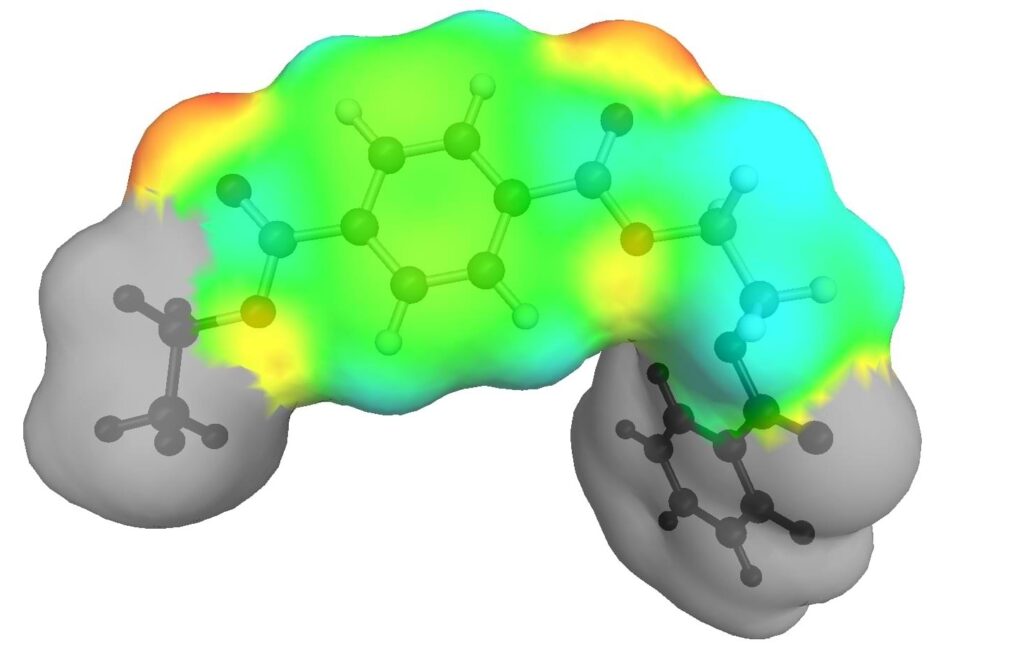
Plastic films used in food packaging, typically as “lids” on trays, are made from multiple layers of different polymers. Each layer adds its own unique set of properties to the film. For example, polyethylene (PE) inhibits the diffusion of moisture, polyethylene terephalate (PET) adds strength, and ethylene vinyl alcohol (EVOH) inhibits the diffusion of oxygen. A typical plastic film will contain layers of these polymers with other polymers and additives used to bond the different layers together.
As the plastic film is applied to trays in the manufacturing process, up to 40% of pristine film is discarded as industrial waste. Unlike film discarded after consumer use, industrial waste is not polluted by the contents of the tray or other materials and can be recycled. The scientific challenge is separating the polymer layers back into their original polymers for further processing. Companies such as APK AG and Unilever, in partnership with the Fraunhofer Institute, have developed processes but there needs to be more publically available knowledge about them.
A team of researchers from University of Wisconsin-Madison, Department of Energy and Amcor Flexibles, have developed a process called STRAP (Solvent-Targeted Recovery and Precipitation). Different solvent washes are applied to a plastic film with each solvent wash targeted at dissolving a single polymer layer from the film. Once dissolved, the solvent/polymer mixture is separated mechanically and the pure polymer is recovered by using an anti-solvent or modifying the temperature. Could virtual models be applied systematically to find the optimal solvent/anti-solvents or processing conditions for each polymer in a film?

In this application, novel combinations of solvents were identified using a combination of Hansen Solubility Parameters (HSP) and COSMO-RS based simulations. Hansen Solubility Parameters account for dispersive, dipole-dipole and hydrogen bond interactions between a solvent and solute. The HSP data for 22 different solvents and PE, EVOH and PET was obtained from publications. As there was no HSP data for solvents that dissolve PET, other methods would need to be applied.
BIOVIA COSMOtherm is a simulation tool based on the popular statistical thermodynamics method COSMO-RS. COSMOtherm enables the calculation of the solubility of a solute in a solvent or mixture of solvents by using surfaces derived from Density Functional Theory (DFT) calculations. The researchers used COSMOtherm to estimate the solubility of the polymers in solvent formulations varying in composition and at a range of processing temperatures.

From these simulations, they designed the STRAP process that uses solvent washes at specific temperatures to enable the almost complete recovery of the three polymers from a multi layer film provided by Amcor Flexibles. Further characterization showed that the purity of the polymers is high enough to re-use as a virgin polymer. A techno-economic study also showed that the cost to extract and purify the polymers is similar to that of creating new virgin polymers. Therefore, it should be possible using the STRAP process to recycle the industrial film waste and reduce the need to create new virgin polymers.
Using different levels of virtual models, from Hansen Solubility Parameters to COSMO-RS, enables researchers to create processes that accelerate the circular economy and power sustainability.
Want to learn more about the end-to-end strategy that delivers sustainable packaging with speed, quality and cost efficiency?

